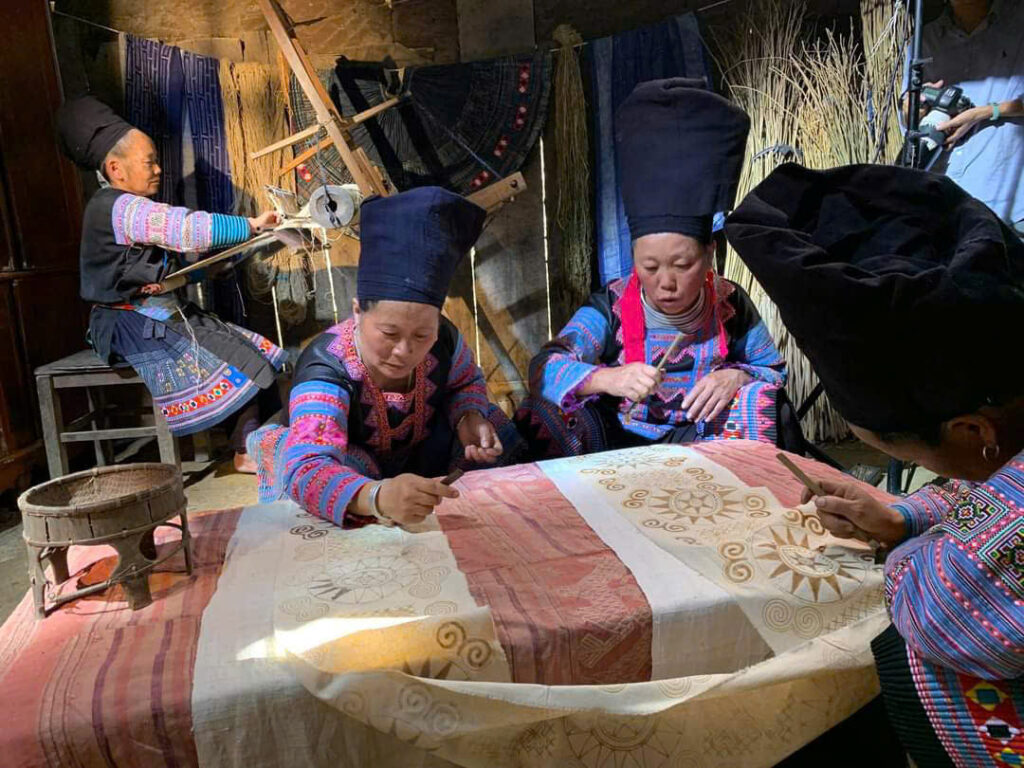Travel to discover
Journeys that connect people, places, and purpose.
From misty mountain villages to riverine lowlands, “Travel to Discover” brings you into the heart of Vietnam’s lesser-known communities—where culture is lived, nature is respected, and every journey leaves a positive footprint.
We offer a curated selection of sample tour itineraries designed in close collaboration with local communities practicing Community-Based Tourism (CBT). Whether it's a single-village experience or a multi-day itinerary linking several CBT destinations with shared values and development goals, each trip invites you to immerse yourself in authentic ways of life that few travelers have access to.
Walk through terraced rice fields with local guides, dye fabrics with indigo grown behind the homestay, cook meals with families who still pass down traditional recipes, or soak in a herbal bath prepared by generations of village healers. Along the way, learn how these communities are reclaiming their cultural identity and building futures through responsible tourism.
All trips can be adapted in duration and intensity depending on your preferences—from day tours to weekend escapes and longer discovery routes.
Wherever you go, you won’t just visit—you’ll connect.Contact
- (+84) 024 3856 2421
- info@actiononcbt.com
- 30/12 Dang Thai Mai, Quang An, Tay Ho, Hanoi






